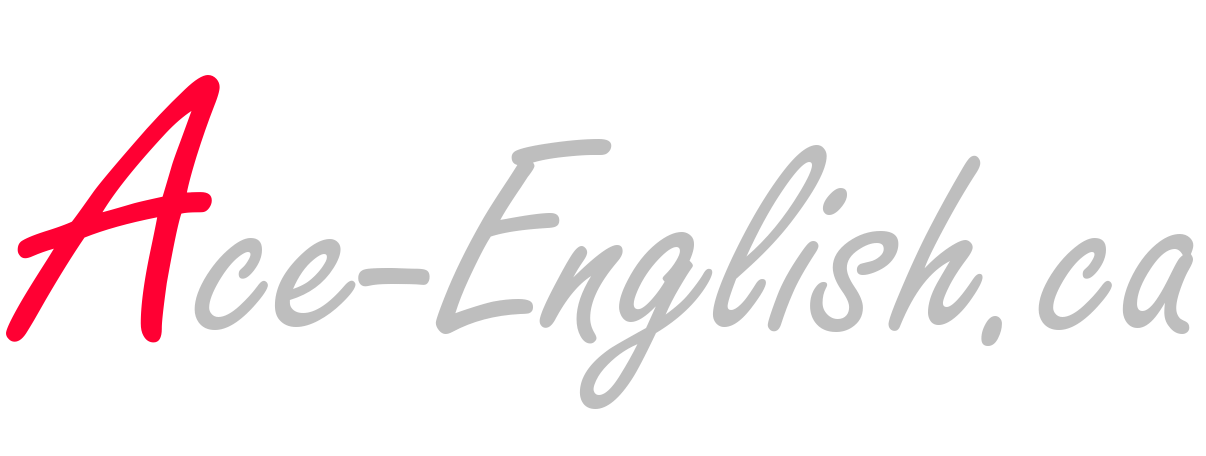GERUND USAGES
A gerund is a verb form which is used as a noun. It is the same as the present continuous e.g. play
Whether you want to create a gerund or continuous verb form, it is not simply a matter or adding
Verbs ending in "e": Drop the "e" before adding
ing Verbs ending in "y": Just add
ing Verbs ending in a vowel followed by the consonants "b", "d", "g", "k", "m", "n", "p", "r" and "t": Repeat the consonant e.g. "ship" to "shipping", "set to setting". Note, if the last consonant is preceded by another consonant, then just add "ing" e.g. "climb" forms "climbing", and "plant" forms "planting".
Verbs ending in double consonants e.g. "ss": Just add
ing e.g. "distressing".
| Base Verb | Gerund / Present Continuous |
|---|---|
become |
becoming |
begin |
beginning |
believe |
believing |
bid |
bidding |
come |
coming |
cut |
cutting |
dine |
dining |
drive |
driving |
get |
getting |
give |
giving |
have |
having |
leave |
leaving |
let |
letting |
like |
liking |
live |
living |
locate |
locating |
love |
loving |
make |
making |
move |
moving |
place |
placing |
pop |
popping |
put |
putting |
set |
setting |
sit |
sitting |
smile |
smiling |
ship |
shipping |
shop |
shopping |
stop |
stopping |
swim |
swimming |
take |
taking |
travel |
traveling (US) travelling (Brit) |
trek |
trekking |
use |
using |
write |
writing |
Copyright © 2021- Ace English with Valerie. All Rights Reserved
